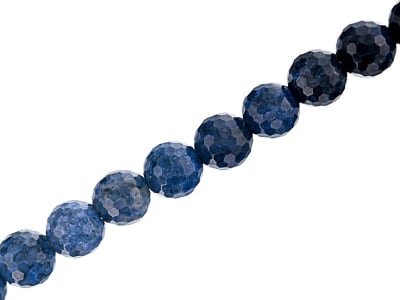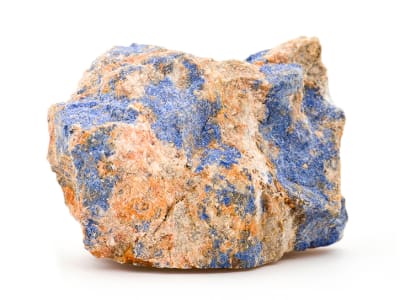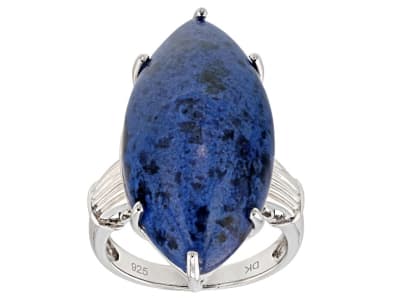A mineral that often forms as an inclusion in quartz, dumortierite is usually fashioned as cabochons or beads for jewelry. While prized for its deep violet to blue colors, it may also be found in shades of pink, gray and brown. Named for French paleontologist Eugene Dumortier, dumortierite is an exotic gem that is durable, untreated, and rare.
General Information
Common Name
Dumortierite
Species
Dumortierite
Transparency
Translucent - Opaque
Dispersion
Strength: None
Refractive Index
1.678-1.689
Birefringence
0.015-0.037
Optic Character
Biaxial
Optic Sign
Negative
Polariscope Reaction
Aggregate (AGG), Doubly Refractive (DR)
Fluorescence
SWUV: Moderate bluish white
LWUV: Inert to yellowish white or red
LWUV: Inert to yellowish white or red
Pleochroism
Unobservable
Hardness
7-8.5
Streak
White
Specific Gravity
3.260-3.410
Inclusions
Dumortierite is most common in its fibrous or granular structured variety.
Luster
Vitreous
Fracture
Conchoidal
Cleavage
Good, in one direction, Poor, in one direction
Chemical Formula
Al7(BO3)(SiO4)3O3
Crystal System
Orthorhombic
Chemistry Classification
Silicate
Dumortierite Colors
-
 Blue
Blue -
 Brown
Brown -
 Multi-color
Multi-color -
 Pink
Pink -
 Purple
Purple
Alternate Names
Dumortierite Quartz
Countries of Origin
Canada; Unknown; China; Brazil; South Africa; Madagascar


